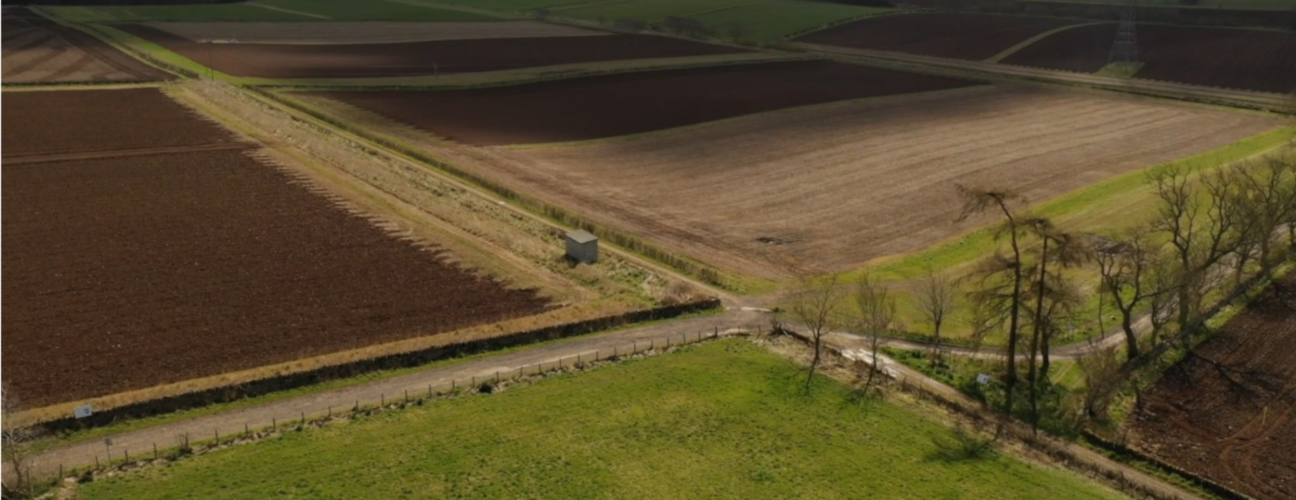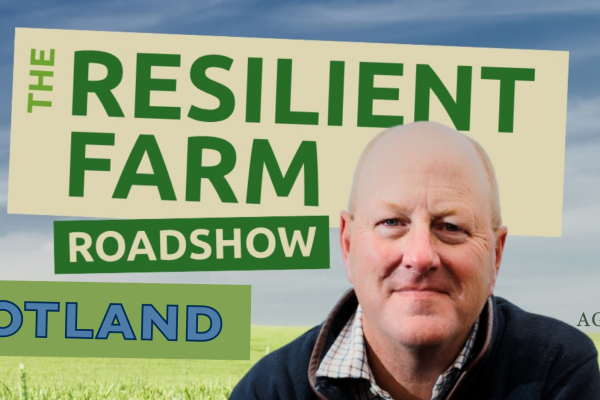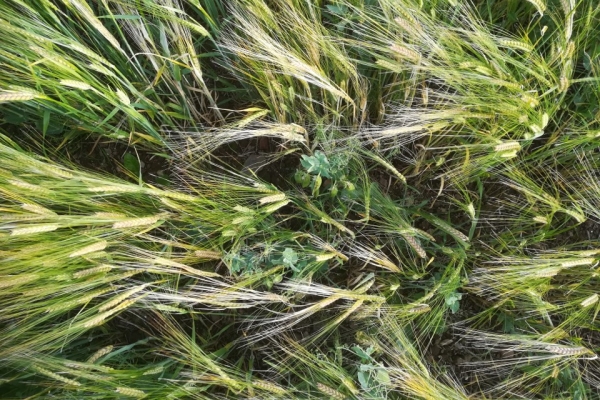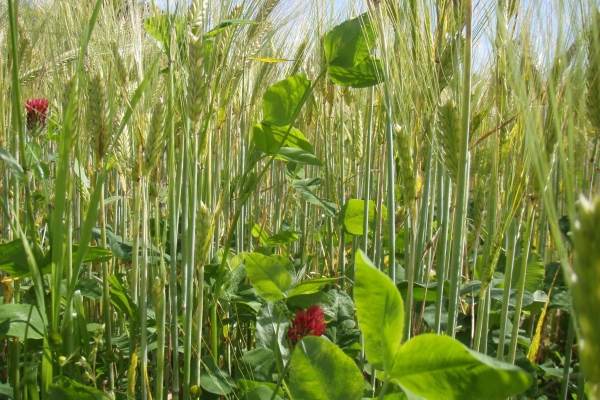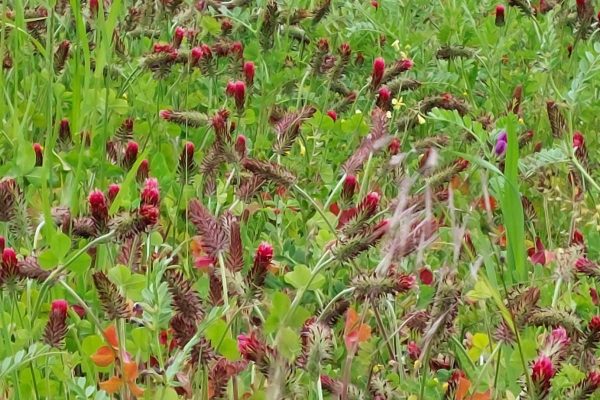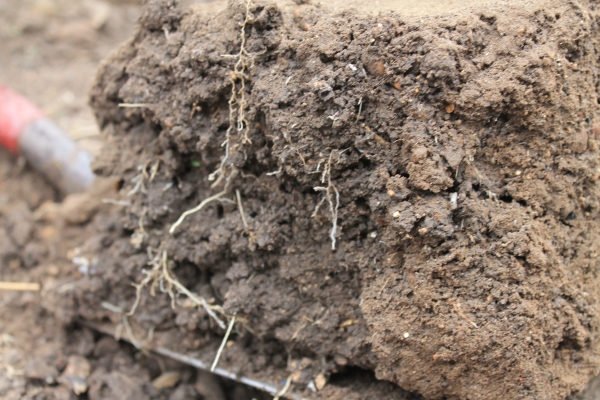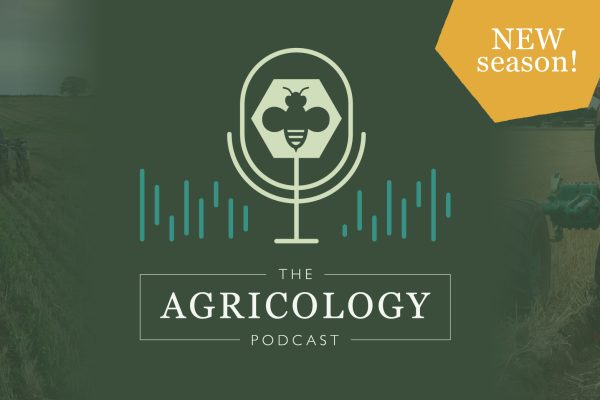
I am an ecologist at the James Hutton Institute where I’ve been researching the effects of different arable cropping approaches on soil health and biodiversity since 1999. Initially, much of this work was carried out at as surveys on commercial farms (organic, conventional and integrated) across the arable east of Scotland, from the borders in the south, to Black Isle in the north. But, in 2008, when the institute bought Balruddery Farm, my focus shifted to the opportunities there for long-term experiments on sustainable cropping systems. Since then, I’ve been working with Andrew Christie (Hutton’s agronomist and agri-tech specialist) on the design of arable cropping systems for multiple benefits both to farm businesses and the environment.
Fields of cereal and potato trials rotated around the farm are the focus of our business as a research institute. The footprint of experimental plots can have a legacy effect on following crops, therefore we grow a commercial crop for at least two years between trials (mainly spring barley, winter wheat, beans and vining peas). Within this, 42 hectares (ha) is dedicated to the Centre for Sustainable Cropping (CSC) which we manage as a long-term platform for research on integrated, regenerative, and holistic approaches to arable crop production. The CSC is based on a rotation of potato, winter wheat, oilseed, field beans and spring barley across 6 fields, each of which is divided in half to compare our integrated, regenerative system against standard commercial practice. Balruddery farm was the first LEAF Innovation Centre in Scotland and we work closely with LEAF, the Soil Association and industry to develop new low-impact farming practices.
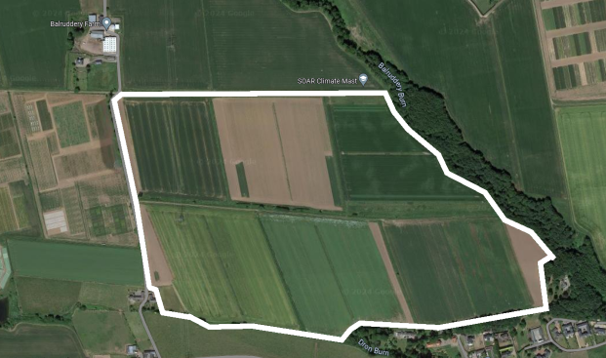
Sustainability in practice
We apply a whole-systems approach to designing a regenerative arable cropping system that integrates a suite of best practice management options to deliver multiple benefits for soil health, biodiversity, minimising pollution and maintaining crop yields.
The integrated system combines reduced tillage (ploughed one year in six for potato planting, then min tilled or direct drilled for the intervening years), organic matter amendments (5 tonnes/ha/year green waste municipal compost and crop residue incorporated rather than baled), overwinter cover crops or weedy stubbles to provide green cover, legume and mixed companion cropping for additional nitrogen inputs, and monitoring threshold levels for pests and diseases, together with targeted crop protection applications and nutrient budgeting to minimise mineral fertiliser use. Together, these practices reduce reliance on chemical interventions by promoting soil health, plant fitness and biodiversity. To understand how effective this system is in achieving our goals, we use a split-field design with a conventional ploughed system which includes blanket crop protection and fertiliser applications and prescriptive, prophylactic treatments following label recommendations.
The cropping system is designed in an iterative way based on monitoring indicators of a wide range of system functions. Every year, we measure soil nutrient status, soil carbon, earthworms, litter decomposition rates, weed seedbank and emerged weed diversity, beneficial insects (pollinators and natural enemies) and of course, crop yield. The CSC platform also supports research projects looking in more depth at particular aspects of the crop system: mineral nutrition for boosting plant resilience to disease, greenhouse gas emissions and carbon storage, soil physical properties and crop modelling. All this information is used to assess overall risk, costs and benefits and we adjust the management practices accordingly, bringing in new options where needed and leaving out those that are less effective or more costly.
In general, we’ve found that the lower input, integrated system has a big impact on improving soil structure and physical properties, and results in better nutrient supply and greater levels of plant and insect biodiversity. Crop yields are slightly lower for some crops in some years, but yield stability is greater in that crops in the integrated system are less impacted by extreme weather (drought and flood) than those managed according to standard practice. We hope that the data gathered and lessons learned from our long-term trial can help commercial farmers assess their own priorities, evaluate the costs and benefits for their farm business, and design a system that suits their own goals for helping improve soil and crop health, resilience and long-term sustainability.
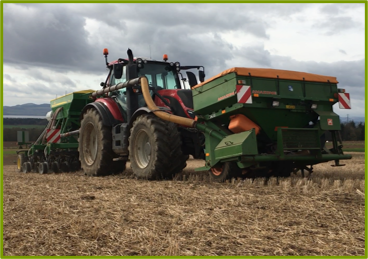
Downloadable resources from the CSC:
Motivations
Back in 2009 when we set up the CSC, the environmental impact of farming was becoming increasingly recognised and farmers were being put under pressure to deliver multiple benefits from their land whilst continuing to maintain high levels of food production. Our goal was to try to provide the scientific underpinning to help understand how to achieve this apparently impossible task of balancing food production and economic viability on the one hand against the need to conserve biodiversity and mitigate climate change impacts on the other. As an ecologist, I’ve always been fascinated by the complexities of interactions between organisms and their environment and strongly believe that by working with nature, improving the soil and enhancing the biodiversity of plants and insects in and around cropped fields, we can produce high quality food more efficiently with less reliance on agrochemical inputs. Our challenge at the CSC is to test ways that this can be achieved and provide the data to show what really works and what doesn’t at commercially realistic scales. We’re in a fortunate position as scientists and agronomists on a research farm to be able to trial new practices or approaches that may be too much of a risk for commercial enterprises to take on. Our job is to provide the evidence so farmers can make informed choices in transitioning to more sustainable agriculture.
Our research points towards the following farmer tips:
- Assess your soil physical structure, (e.g. using the VESS guide from SRUC) and look at how you can use organic matter inputs to improve soil carbon content. Increasing soil organic matter has the biggest impact on soil biology, physical structure and conditions for plant growth, benefiting nutrient and water uptake and reducing the risk of erosion and run off losses.
- Measure soil nutrient supply and use this to calculate the minimum amount of mineral fertiliser needed to maintain crop yields. We’ve been able to reduce inputs to 40-60% of the standard rate without losing yield.
- Introduce weedy stubbles to your crop rotation to provide a “free” green cover over winter which helps retain soil nutrients, stabilises soil and provides a diverse food resource for soil microbes, earthworms and beneficial invertebrates within the cropped area where they are most needed.
- Consider accepting a small number of weeds within your cropped fields for biodiversity benefits and improved quality of organic inputs to the soil to fuel below-ground foodwebs. A 10-15% cover of non-pernicious, broad-leaved weeds is below economic threshold but enough to provide resources for pollinators and natural enemies within the crop where they are needed.
- Use occasional tillage (e.g. plough just one year in 5 or 6) to improve soil structure, mycorrhizal associations with the crop and soil arthropod populations. This system gives some benefit to the soil structure but also provides the opportunity to deal with any weed burden or compaction issues.
All images supplied by JHI. All Rights Reserved
